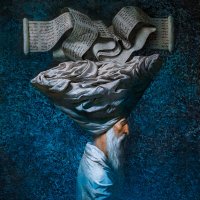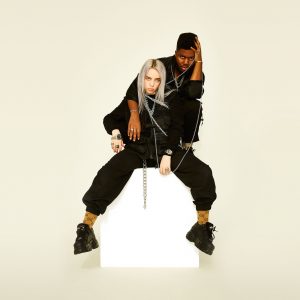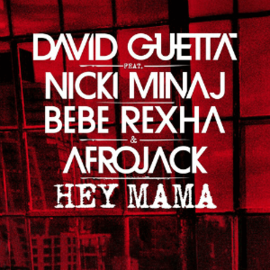I am on my way
Driving at 79s.
They sjoild be laufhjt.
shjsjsne
xbxbjd
The Indian subcontinent was home to the urban Indus Valley Civilization of the
3rd millennium BCE.
In the following millennium, the oldest scriptures associated with Hinduism
began to be composed.
Social stratification, based in caste, emerged in India in the first millennium
BCE, and Buddhism and Jainism arose.
Early political consolidations took place under the Maurya and Gupta empires;
in southern India, the Middle Kingdoms influenced cultures as far as southeast
Asia.
In the medieval era, Judaism, Zoroastrianism, Christianity, and Islam arrived
in India, and Sikhism emerged, all adding to India’s diverse culture.
Much of northern India fell to the Delhi sultanate; southern India was united
under the Vijayanagara Empire.
India’s economy expanded in the 17th century in the Mughal empire.
In the mid-18th century, India came under British East India Company rule,
and in the mid-19th under British crown rule.
A nationalist movement emerged in the late 19th century, which later,
under Mahatma Gandhi, was noted for non-violent resistance and led to India’s
political freedom in 1947.
In 2015, the Indian economy was the world’s seventh largest by nominal GDP and
third largest by purchasing power parity. Following market-based economic
reforms in 1991, India became one of the fastest-growing major economies and is
considered a newly industrialised country.
However, it continues to face the challenges of poverty, corruption,
malnutrition, and inadequate public healthcare.
A nuclear weapons state and regional power, it has the third largest standing
army in the world and ranks sixth in military expenditure among nations.
India is a federal constitutional republic governed under a parliamentary
system and consists of 29 states and 7 union territories.
It is a pluralistic, multilingual and multi-ethnic society and is also home to
a diversity of wildlife in a variety of protected habitats.
















